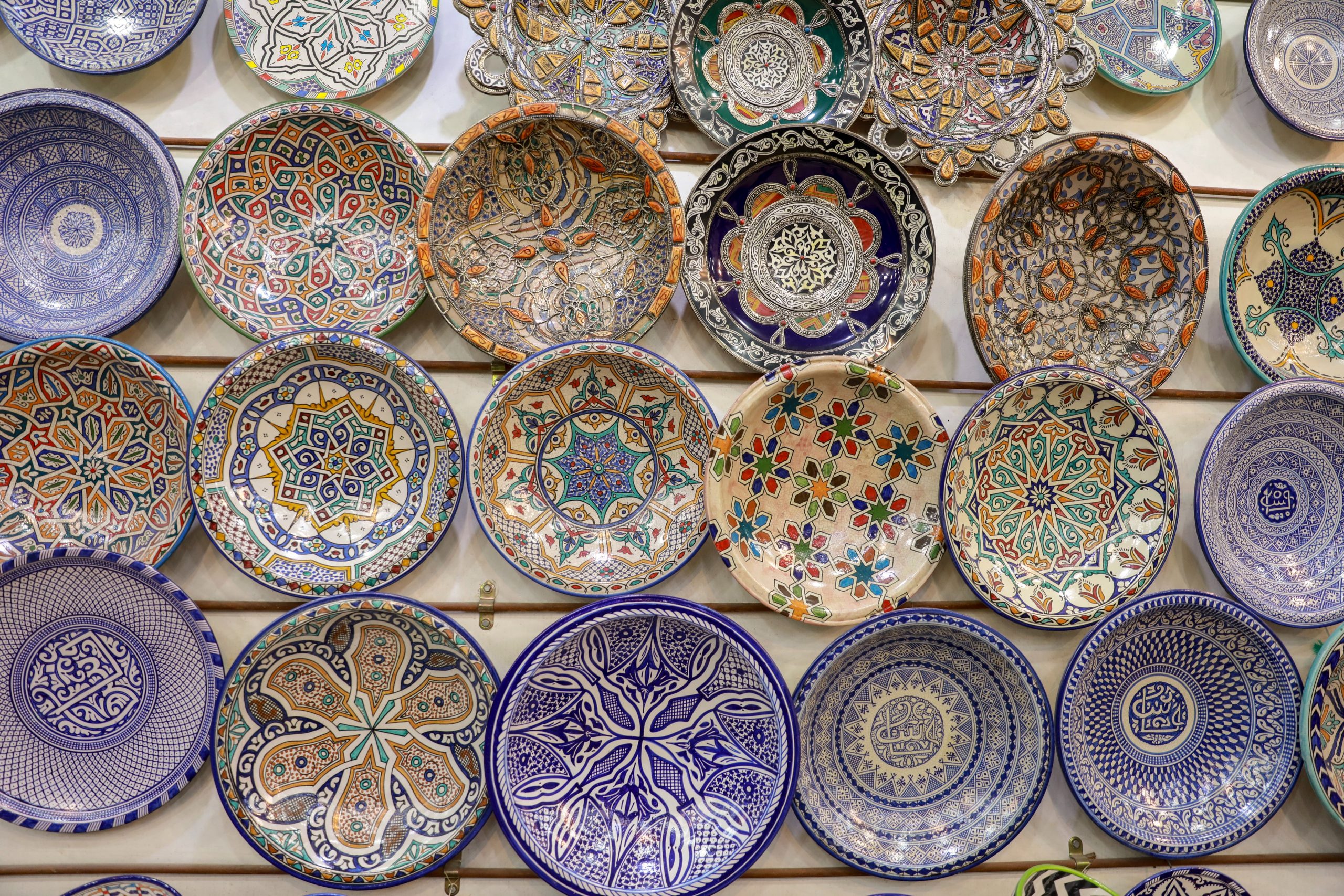Of all the durations in Chinese history, the Song dynasty stands out for the focus on culture. This era gave birth to many of China’s cultural luminaries and developed an atmosphere by which education and erudition grew to become the pillars of society. The great and vast sources of China’s culture plus the great heritage of Chinese thought well guided the passions of many Song philosophers. College students considered all matters of your internal and outer world and discussed things previous and innovative. They constantly explored the workings in the stellar doctrines with regard to the type, nature, and also the past. Thus helped make up the sincere and down-to-earth nature of Sung thought, which differed from the ones from the Han and T’ang dynasties–two other great epochs in Chinese history. Landscape painting is an ideal instance of how these ideas extended to art. The monumental landscapes with the Northern Sung and intimate settings of your Southern Sung can be a concrete expression on the grandeur and mystery of Nature.
Emperors while in the Sung dynasty respected scholars and valued erudition, and that is reflected in government, where civil administration ranked over military matters. The official system encouraged the quest for education, and advances in printing and publishing promoted the development of erudition as had never been seen before. Consequently, the hunt for antiquity and learning by Sung officials far exceeded that surrounding previous periods. This is certainly evident from your revival of ancient rituals and music for court ceremonies to the establishment in the archaeological study of stele and bronze discoveries and even advances in other fields.
Human endeavors should never be far stripped away from Nature. The study of and role within Nature of humans happens to be a focus of contemplation and exploration. With the Sung dynasty, this had reached new heights. Taoists revered Nature by subtracting section of the natural world, while Sung Confucianists “sought knowledge through things,” reflecting their desire for observation and understanding.
The great landscape painter Fan K’uan, by way of example, has been said to possess lived in high altitude, sitting non-stop in contemplation observing the mysteries of Nature. Such powers of observation also extended along with other artists, such as Kuo Hsi, who declared a designer should reflect differences in the landscape with regards to seasons, distances, and points during the afternoon in their art. Consequently, he developed options for expressing the appearances in the land as part of his painting. Likewise, the bird-and-flower painter I Yuan-chi raised various animals and plants. Not happy with just viewing them, he built a secret post from where he noted how animals behaved as the name indicated. He also traveled deep on the mountains, where he observed gibbons, roebucks, and also other wildlife. Sung artists dedicated to “sketching from life,” seeking not only realism, but the nature of their subject material and appearances in several seasons, weather, even times during the the morning. This trend also put on arts and crafts, where naturalistic depiction of animals and plants served to lodge one’s feelings towards Nature. Regarding studies on plants and trees, writings around the cultivation and appreciation appeared, like on peonies, lichee, and citrus fruits. Advances in printing over the period spread such works plus they were inherited to later generations.
In the Sung dynasty, a sense of “harmony,” or “resonance,” in between artist and subject along with viewer and object, became one of many beliefs in art. This elusive quality proved difficult to pinpoint, but once achieved, it transcended the topic and went beyond external appearances. Put simply, as skills and techniques for representation grew increasingly sophisticated while in the Sung, scholars felt that allusion and suggestion, as indicated through subtle etude, became as critical as outside form. This playing field of ideas and aesthetic refinement might be reached through mature yet simple–even seemingly bland–styles. Sung calligraphy, painting, ceramics, and lacquerware really are a concrete expression of this trend. In calligraphy, by way of example, the very best advances was held in running script, where scholars strove to show themselves with sometimes more personal flair than technical perfection. Likewise, in painting, the apparently simple scholar kinds of monochrome ink and pai-miao (outlines) rose as color was completely eschewed for plain ink. Sung artisans could actually create such opulent and advanced lacquerware techniques as carved red, gold inlay, mother-of-pearl inlay, and hide texture. However, it turned out the subtle beauty of black lacquer that has been appreciated in tea ceremonies by scholars and then for imperial occasions. Likewise, beautifully carved and colored ceramics were often fired at private kilns over the Sung dynasty, but it really was most of the ultra-refined and subtle appeal of monochrome glazes with engraved decoration or crackle that was well-liked by a legal court and produced at imperial kilns.
Song Dynasty – The Art of Asia – Chinese Dynasty Guide
Back To Top





